|
On April 14, 2018 Protect Playa Now hosted a Health and Safety Forum at Holy Nativity Church in Westchester. Community members heard from Dr. Jeffrey Nordella about the health risks posed by the chemicals leaking from natural gas storage facilities and the toxic exposure victims of the Aliso Canyon disaster continue to deal with. Andrew Krowne announced the release of the Environmental Health Tracker app for community members around the PdR natural gas storage and Diego Wuethrich spoke about a new monitoring initiative PPN is launching. It was a great event and a huge thanks to all the coalition partners and volunteers that made it a phenomenal success. We could not have done it without you
0 Comments
The Colorado School of Public Health completed a study in Colorado that showed a significantly increased cancer risk for people living near oil and gas operations. They found a person living near oil and gas wells are over 8 times more at risk to developing cancer than highest allowable thresholds under the EPA permit. We need to change our energy system and economy now. We should not have to choose between having energy and our health. We can have both with some ingenuity, leadership and collective will. The time is now. Lets work together to build an energy system that meets our needs without poisoning our people.
Los Angeles Department of Water and Power (LADWP) wants to waste hundreds of millions of public dollars to rebuild the Scattergood power plant with soon to be obsolete natural gas technology. That money would be far better spent on incentive programs that allow residents of Los Angeles retrofit their homes to lower energy costs and to invest in renewable energy production and battery storage. Synaspe just released a report outlining 2 ways in which Los Angeles can reach 100% renewable by 2030. Why spend hundreds of millions to update a facility with technology that will be obsolete in about a decade. It is not just moral reprehensible to have public dollars continue to invest in technology that exacerbates the global climate change crisis, it is fiscally irresponsible to waste so much money on an extremely short term solution. Contact LADWP and tell them not to spend 630 million dollars on our past and instead invest in our future.
Protect Playa Now (PPN) will be hosting a Health and Safety Forum on April 14, 2018 to answer these questions. Please join us as we will discuss the threats posed by the Playa del Rey (PdR) methane gas facility. We will have speakers addressing the negative health impacts of gas facilities and provide simple steps you can take to help make you and our community safer. We look forward to seeing you there. Together we can protect our communities from the next natural gas disaster. Here is everything you need to know:
PPN Health and Safety Forum Date: Saturday April 14, 2018 Time: 10AM to 12PM Location: Holy Nativity Episcopal Church 6700 W 83rd St Los Angeles, CA 90045 Synaspe Energy Economics Inc completed a report looking into Los Angeles' transition to 100% renewable energy. Food and Water Watch funded the study and the group actually model two different scenarios in which Los Angeles could generate every hour of energy from renewable sources by 2030. LADWP needs to read this report and integrate its recommendations into it's long term strategy and planning. This report make it's clear that:
Read the full report by clicking on the picture below. 350 South Bay/Los Angeles is hosting an educational forum about the realities of living near oil refineries. Community members living near any fossil fuel infrastructure face many of the same health and safety concerns. If you'd like to learn more please attend:
ABC's of Living Near a Refinery Sunday March 11, 2018 11 AM to 1:15 PM Torrance Airport Meeting Room 3301 Airport Drive Torrance, CA 90503 The LA County DPH released a new report: Public Health and Safety Risks of Oil and Gas Facilities in Los Angeles County. In the report they look at environmental and public health concerns related to oil and gas facilities and operations. They conclude the following:
Protect Playa Now is so appreciative of the area neighborhood councils that have been proactive by sending letters to the city asking to investigate the Playa del Rey natural gas storage facility and determine what risks it poses to our people and our economy. Thank you to all the council members that prioritize their constituents public health and economic concerns over the profit margins of SoCalGas and Sempra Energy. A big shout out to the Brentwood Community Council, Del Rey Neighborhood Council, Mar Vista Community Council, Venice Neighborhood Council, and West LA-Sawtelle Neighborhood Council. Thank you, thank you, thank you.
The Division of Oil, Gas and Geothermal Resources (DOGGR) has released it's new underground gas storage rules that would regulate methane storage in California. The revised rule posted on 2/12 and they have provided the public 15 days to offer comment. You can review the new rules HERE. The public has until 5 PM on February 27, 2018 to provide comment.
COMMENT SUBMISSION Any person who wishes to submit comments regarding the revision to the proposed text of the regulations or regarding the document added to the rulemaking record may do so by submitting written comments no later than 5:00 p.m. on February 27, 2018. Email: [email protected] FAX: (916) 324-0948 Mail: Department of Conservation ATTN: Underground Gas Storage Regulations 801 K Street, MS 24-02 Sacramento, CA 95814 The DOI plans on eliminating regulations on methane. Methane is 25 times more potent than Carbon Dioxide as a greenhouse gas. The regulations put in place in 2016 would have had the equivalent impact of taking almost 1 million cars off the road on our national emissions. However, in another handout to the fossil fuel industry the current administration is looking to pull back those regulations at the expense of public health, the emerging green energy economy and environmental sustainability. DOI is expected to publish new guidelines soon that will trigger a 60 day comment period.
Last Chance for Public Comment on Draft Environmental Impact Report for the Ballona Wetlands!2/4/2018 Los Angeles has a public health problem directly tied up with our gas infrastructure. The latest challenge to our public health lies deep in a lengthy Draft Environmental Impact Report for the Ballona Wetlands Ecological Reserve (DEIR). This restoration project could cost up to 180 million dollars and would allow SoCalGas to drill new gas wells as it closes others. In short, the project would fund modernizing of the Playa del Rey Gas Storage equipment for new wells and, very likely, slant drilling. This large capital improvement project indicates that SoCalGas is not interested in shutting down the facility anytime soon despite the city’s declaration to move to 100% renewables.
The location specified for moving the drilling mechanisms is up against the bluffs in Playa del Rey. Slant drilling would allow the gas to be stored horizontally across the wetlands. The documents indicate the size of the gas storage field will be the same. SoCalGas’ history of violations is concerning. The Aliso Canyon blowout was the largest natural gas disaster in US history. SoCalGas received ten violations from SCAQMD in 2017 alone, Playa del Rey received two and Aliso Canyon received three violations, including a nuisance violation, despite only operating for four months in 2017. Given these violations and other evidence of failure, the public has little faith that SoCalGas will be able to curb dangerous leaks or prevent another blow out. While language on pages 1-25 and 1-26 of the DEIR requires local and state permits to include various city agencies (like Building & Safety and Public Works), there is no indication that the City of LA would need to require permits for slant drilling and modernization of equipment for drilling. No public money should go towards subsidizing a multi-billion dollar company. Residents must not pay for the roads and the upkeep to provide twenty-four hour access for SoCalGas to update a facility that will keep poisoning our communities. Los Angeles should be investing in energy infrastructure for the future and not spend millions on outdated infrastructure of the past. The Playa del Rey Gas Storage Facility is older than the Aliso Canyon facility, which continues to leak and cause chronic health problems for the beleaguered residents of Porter Ranch. There is no need to continue exposing our densely populated community to benzene, hydrofluoric acid, and other toxins. If the five-mile evacuation radius around Aliso Canyon is used as a reference point for our community, a half million people will have to be evacuated when there is a blow out in the SoCalGas Playa del Rey Gas Storage Facility, and it will hurt thousands of businesses, including LAX. At a time when residents are seeking the closure of the dangerous Playa del Rey gas facility and a fast transition to 100% clean renewable energy, SoCalGas is attempting to erect new wells and roads with public funding. Please make a comment on the DEIR at this address. Public comments are due by February 5, 2018. [email protected] Leah Garland, Protect Playa Now CCST released its comprehensive report on natural gas storage facilities in the state of California. CCST was tasked with answering 3 major questions:
• Key Question 1: What risks do California’s underground gas storage facilities pose to health, safety, environment and infrastructure? • Key Question 2: Does California need underground gas storage to provide for energy reliability through 2020? • Key Question 3: How will implementation of California’s climate policies change the need for underground gas storage in the future? Though their conclusions are mixed about the need and the future of natural gas storage in California it does acknowledge a number of troubling details: 1. We have absolutely know data or reliable idea of how these facilities will react to natural disaster like earthquakes. 2. Having these facilities near large population centers greatly increase the risk and potential hazards impact. Both of these facts are extremely troubling seeing the Playa del Rey facility has around a half a million people living within 5 miles of the facility and the facility is surrounded by fault lines some within 2 miles of the facility. This report does little to make communities living near these facilities feel any safer. You can read the full report here. Just days after New York City decided to sue and divest from large oil companies, Mike Bonin of CD 11 and Paul Koretz of CD 5 introduced a motion today as a first step in the process of holding big oil responsible for the devastating and expensive effects of climate change. The motion requests the City Attorney report filing options back to the council. Finally, after years of the fossil fuel industry manipulating our economy for their own self interest, the public sector is finally starting to hold them accountable. They've been profiting at our expense for years now its time for them to pay the piper. Thank you council members Bonin and Koretz this is a great first step.
Mitch Englander is no stranger to SoCal Gas and their penchant behavior of poisoning the people of Los Angeles. He evicerates the SoCal Gas representative response to the Mercaptan leak on November 29, 2018. We need more of this type of representation from our politicians holding companies accountable and demanding they be better. See the full motion hearing below.
There was a mercaptan leak in Rancho Park on 11/29. Mercaptan is a toxic chemical used to odorize methane (natural gas) as in its natural form methane is odorless. Adding an odorant is a safety measure so it can alert the public to a leak. SoCalGas claims mercaptan is non-toxic, but there are many studies that indicate otherwise.
After that leak, an emergency motion was introduced and passed on 12/05 to have the petroleum administrator and SoCalGas report on where mercaptan is stored throughout the city and how much of it is stored. The leak that sickened people within a 4-mile radius on 11/29 was only one to two gallons. So, if we have barrels of that chemical stored throughout the city, we need to know. The report back will be at the beginning of February It looks like the leak had been ongoing on a smaller scale, but SoCalGas failed to notify any authority. There may be legal action taken by SCAQMD against SoCalGas based on this incident. Mercaptan can have devastating effects on public health just ask the people of Eight Mile, Alabama. Its a by product of our fossil fuel economy and it's elimination will be another benefit when we SHUT IT ALL DOWN!!!! |

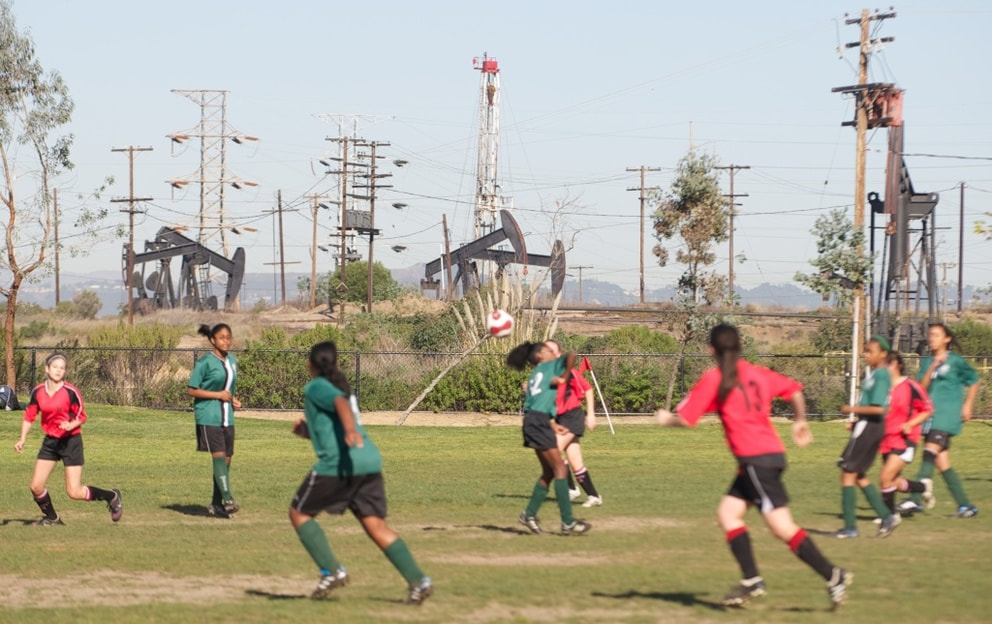
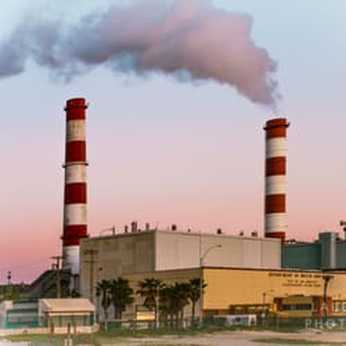
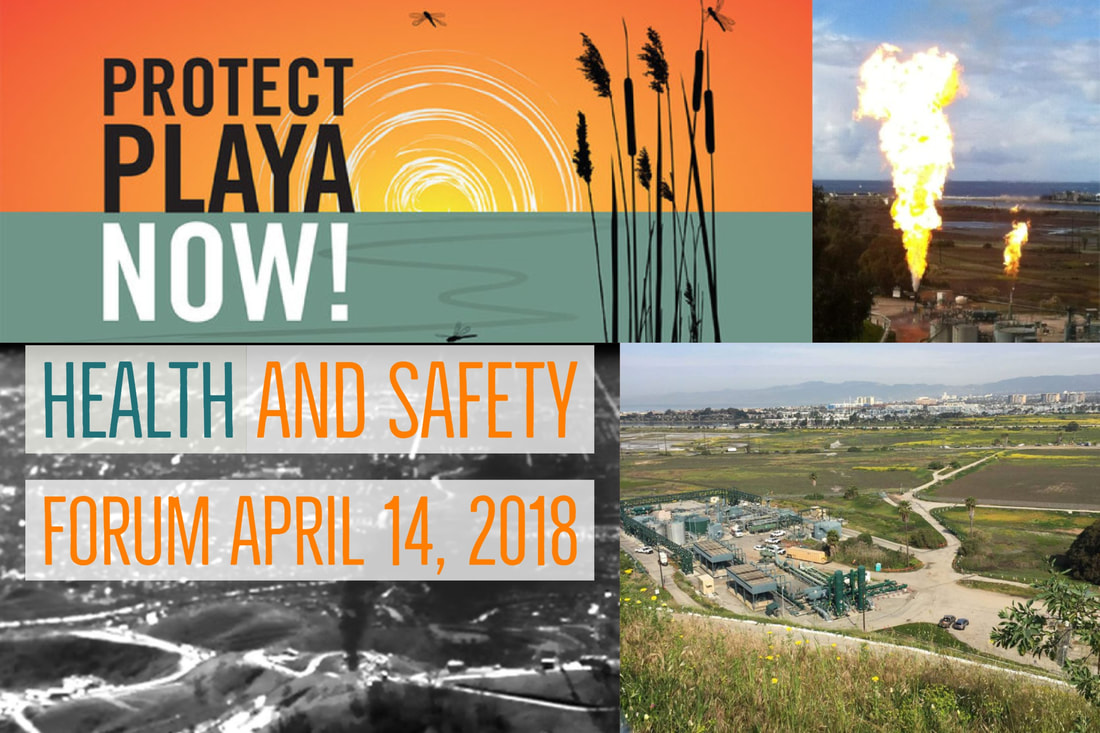
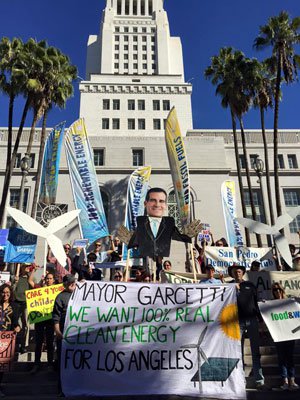
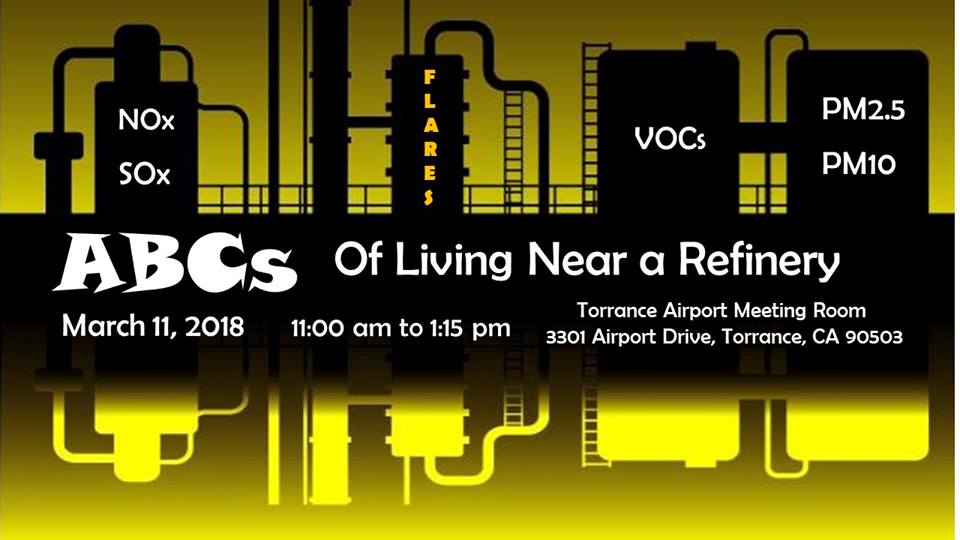
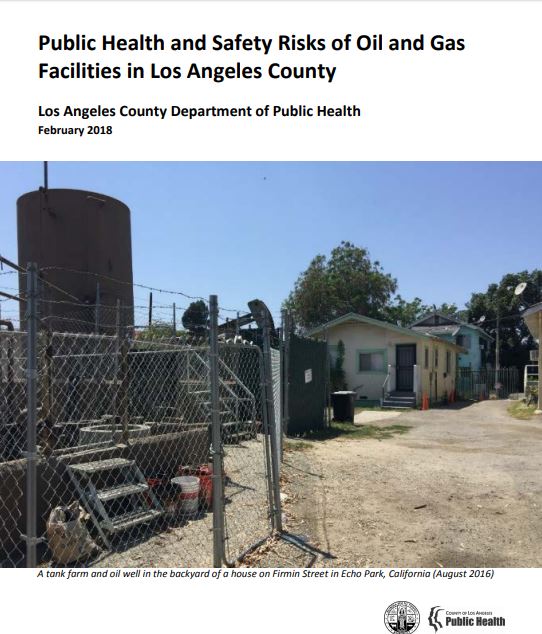

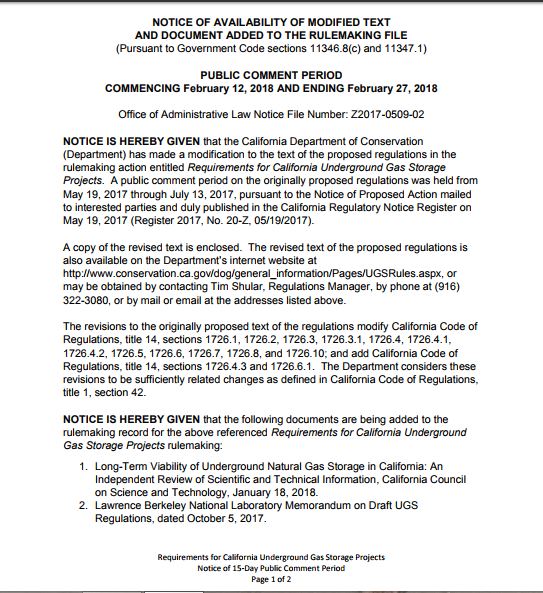
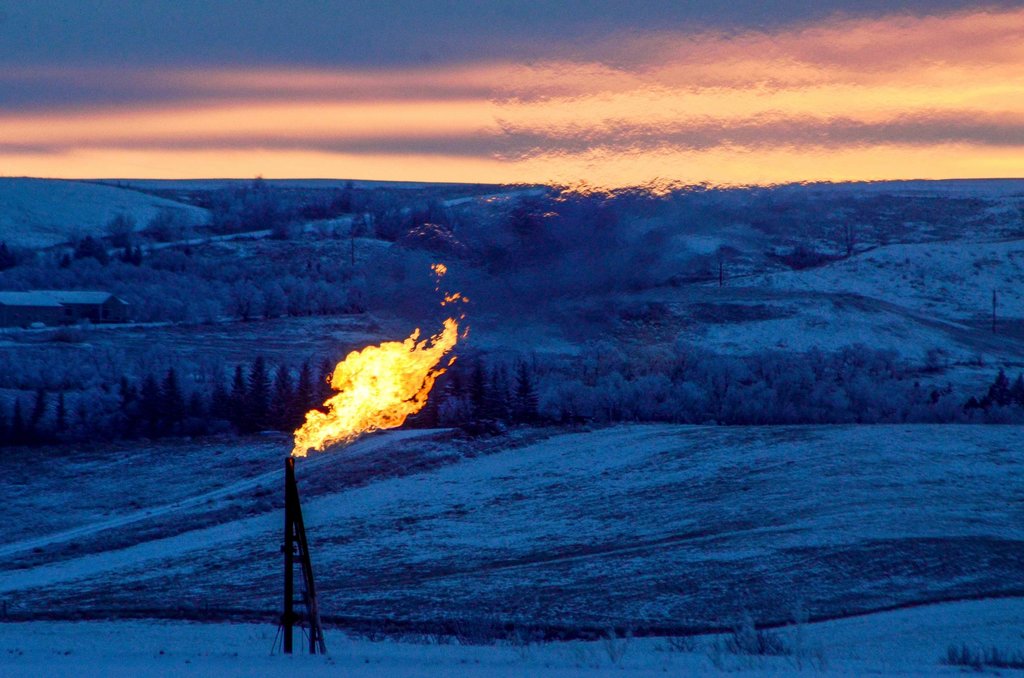

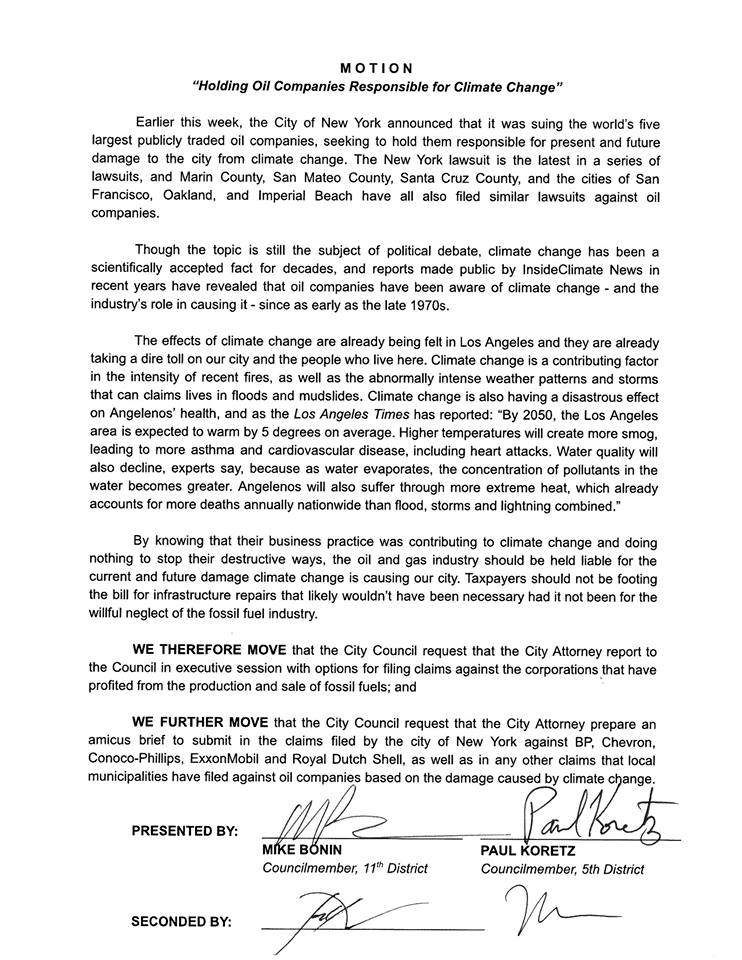
 RSS Feed
RSS Feed
